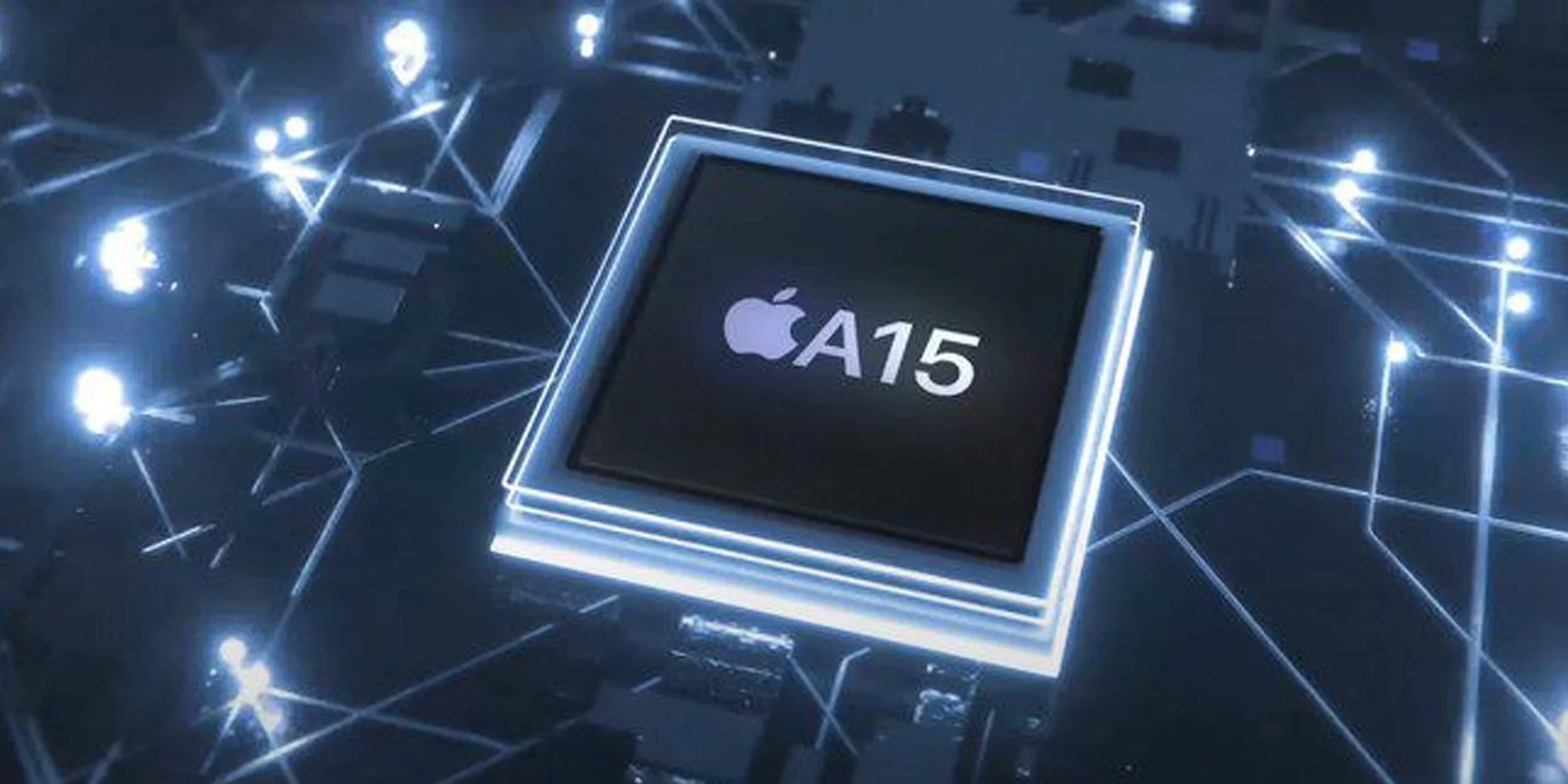
In this article
Apple’s A15 Bionic Chip: Everything You Should Know
In this article
Introduction
Apple cracked into the Fortune 500 in 1983, a spot it has held onto ever since. And, we all know the reason why?
Apple always served their customers only the best and never disappoint with its smartphone in terms of speed and usability. The company has always managed to offer the fastest processors in the whole industry.
For instance, Apple’s A13 chip, offered in Apple iPhone 11, alone is faster than the smartphones launched that year. Soon after, iPhone 12 came with an A14 bionic chip which took the title of the fastest chip and holding it still.
However, now with the launch of Apple 13 things are going to change. iPhone 13 series comes with the A15 Bionic chip, passing all tests and proving itself to be much faster than the previous A-series Bionic chip.
Apple has taken lead over its competition with this new processor which will supposedly become the fastest chip in a smartphone.
Here’s what Apple says about the A15 Bionic chip in the iPhone 13 Pro:
With 5-nanometer technology, A15 Bionic — the fastest chip in a smartphone — features a new 5-core GPU in the Pro lineup that brings the fastest graphics performance in any smartphone, up to 50 percent faster than the leading competition, ideal for video apps, high-performance gaming, and the slate of new camera features.
Let’s understand more about this chip, for instance, its performance advantage and are the changes over the previous A14 Bionic.
When will it be released?
Apple has confirmed the release of A15 Bionic inside the iPhone 13 and iPhone 13 Pro.
What are the Features of the A15 Bionic chip?
The Apple A15 Bionic is a System on a Chip (SoC) from Apple. The chip offers 6 cores which are divided into two performance and four power-efficiency cores. It is manufactured at 5nm. The CPU performance increases only slightly compared to the A14, but GPU offers higher gains.
| Series | Apple Apple A-Series | ||||||||
| Series: Apple A-Series |
|
||||||||
| Clock Rate | <=3230 MHz | ||||||||
| Number of Cores / Threads | 6 / 6 | ||||||||
| Transistor Count | 15800 Million | ||||||||
| Manufacturing Technology | 5 nm | ||||||||
| Features | ARMv8 Instruction Set, Machine Learning Controller, 16-Core Neural Engine, Secure Enclave, Advanced Image Signal Processor | ||||||||
| GPU | Apple A15 GPU 5-Core | ||||||||
| 64 Bit | 64 Bit support | ||||||||
| Architecture | ARM | ||||||||
| Announcement Date | 09/14/2021 = 15 days old |
What is different in A15 Bionic?
Usually, the new processor gen comes with smaller process nodes to allow for faster performance due to more transistors. However, the A15 has the same size 5nm manufacturing process. This is an indication that the chip might not be a greater changer than previous processors as we hoped.
Notably, the company has already confirmed 15 billion transistors in the A15 Bionic. This is a drastic increase from the 11.8 billion transistors found on the A14 Bionic meaning a performance jump compared to the iPhone 12.
A15 Bionic chips will also use the same number of CPU cores as the A14 which is 6 cores: four energy-efficient and two high-performance cores. The improvements in the architecture will ensure that the all-new iPhone 13 is more powerful than the previous.
Interestingly, the company is offering two different A15 Bionic configurations in graphics. So, the iPhone 13 Pro will have 5 GPU cores while the iPhone 13 will have 4. This will mean that 13 Pro will be faster when it comes to editing videos and running games. This is the most powerful graphics performance in a smartphone, according to Apple.
Lastly, Apple A15 Bionic features a 16-core Neural Engine capable of 15.8 trillion operations per second. This allows for improved machine learning, which boosts the likes of Siri and Live Text in Camera.
The A15 Bionic chip has overwhelmed its competitors with its achievement. In the first round, the chip has also achieved an average frame rate of 198 frames per second. In the second round, whereas, it dipped to 140-150 frames per second. These results are expected as the manufacturers limit the parts to reach their full potential. This is done to ensure temperature control.
A15 Bionic was ahead in tests from the A14 Bionic and is likely to be 14% – 15% bigger in size. This will now be the fastest and biggest processor the company has ever produced.
We can expect Apple to leverage the advanced N5P architecture of TSMC for less battery consumption.
Conclusion:
Apple recently introduced the iPhone 13 and iPhone 13 Pro, this time they have slight differences in terms of performance. However, the GPU in the A15 chip found in the iPhone 13 Pro is more powerful than in the iPhone 13.
The A15 Bionic chip’s GPU in the iPhone 13 mini and iPhone 13 features four cores. The company says the A15 delivers 30% better graphics performance compared to its competitors. The A15 Bionic chip in the iPhone 13 Pro and Pro Max, the GPU has an extra core for a total of five cores to deliver up to 50% better performance.
Tech Insights Digest
Sign up to receive our newsletter featuring the latest tech trends, in-depth articles, and exclusive insights. Stay ahead of the curve!




